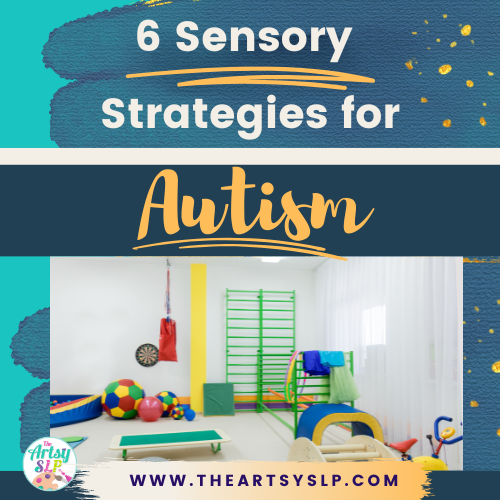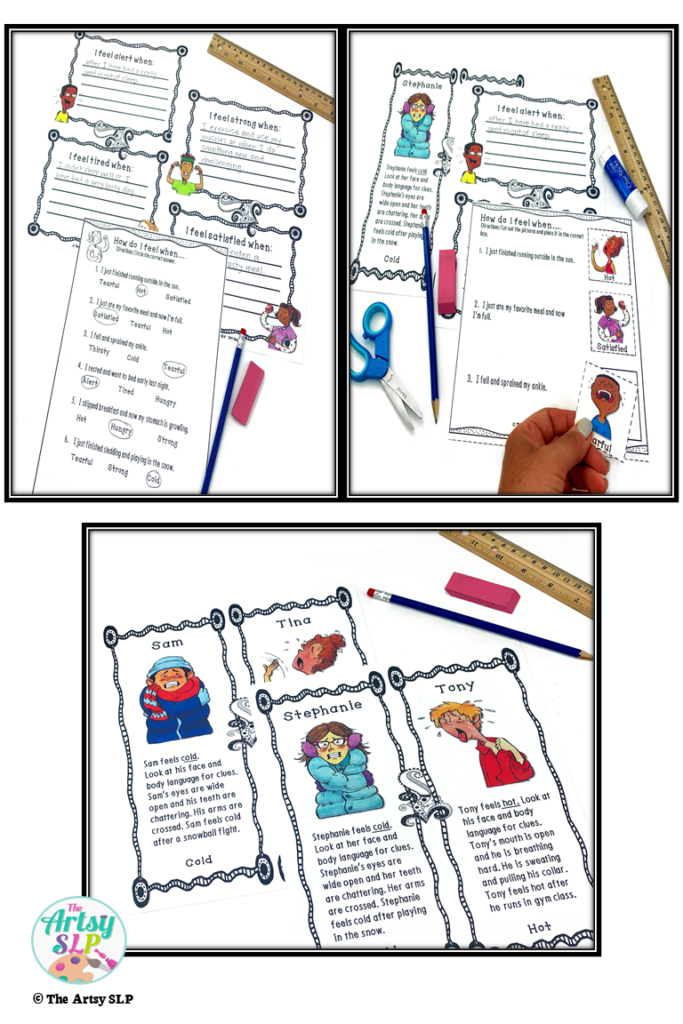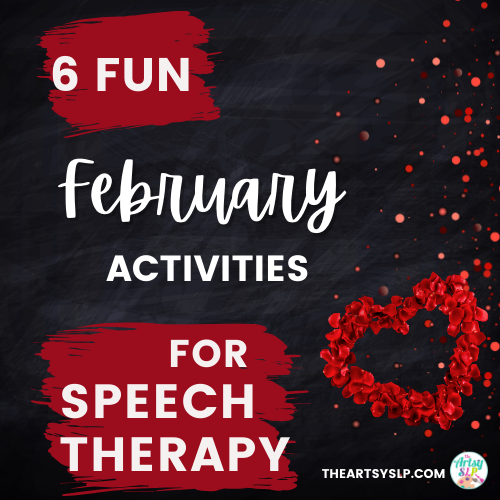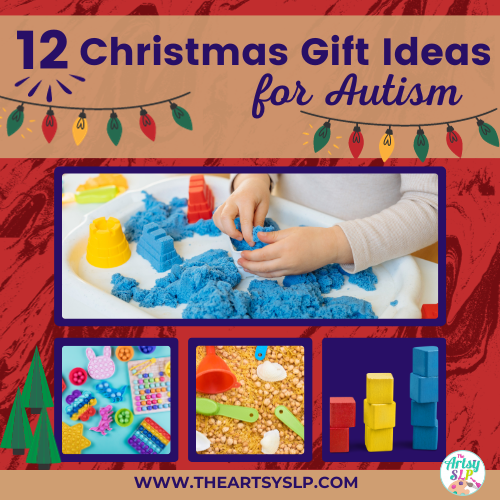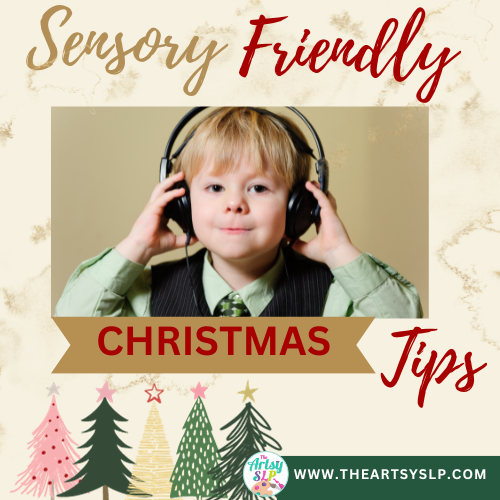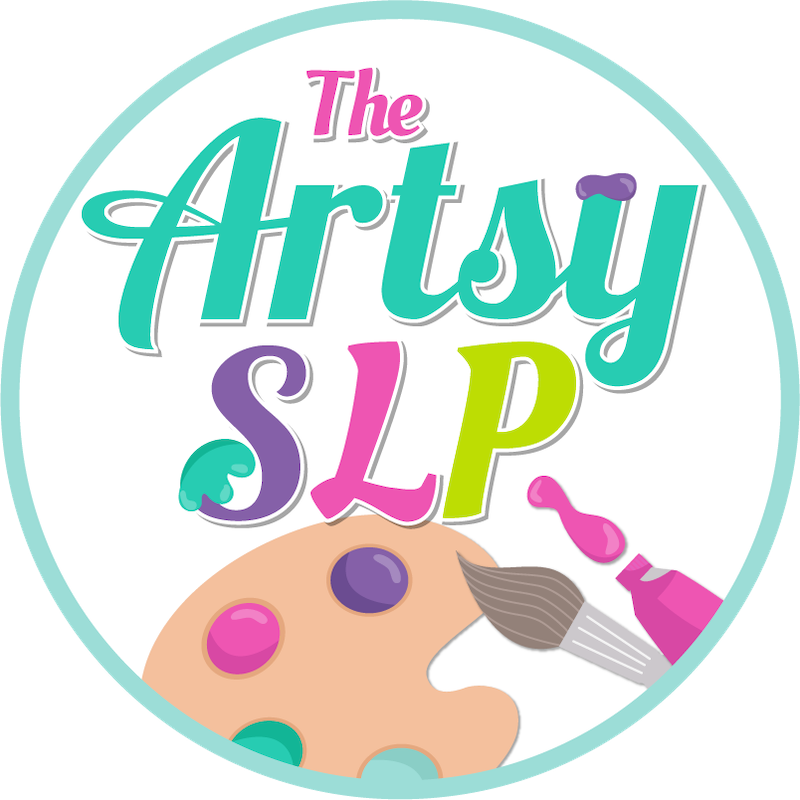Many children with autism have sensory differences. They may also have difficulty with sensory processing. This refers to the way they relate to others and interpret their environment.
As the mother of a child with autism, I know first hand how challenging sensory processing disorders can be and, how it impacts daily activities. Sensory processing disorders can significantly affect social interactions and academic performance in school. Before discussing helpful strategies, I think it’s important to understand exactly what sensory processing is and how we receive sensory input.
Senses
Five Senses
We have five major senses: taste, hearing, sight, smell, and touch. Neurotypical children often react differently to these stimuli than children with autism.
Hyper vs. Hypo Sensitivity
Hypersensitivity
Hypersensitivity is when a person’s senses are heightened to everyday stimuli and sensory input. This means that autistic children with hypersensitivity are often overstimulated by everyday sensory input. A child that is hypersensitive may dislike florescent lights because they are too bright, cover their ears to the sound of a blender because it is too loud, or avoid certain types of fabrics because it feels itchy on their skin.
Hyposensitivity
Hyposensitivity is when a person may seem under responsive and has a decreased response to everyday stimuli. This means that autistic children with hyposensitivity may not react to certain sounds like their name being called, they may crash into things for the sensory input, crave foods with a strong smell, or be able to spin/swing for a long period of time without becoming dizzy.
RELATED: 5 Tips for Teaching Feelings and Emotions
Sensory Defensiveness
What is sensory defensiveness? It is when a person is over responsive to sensory input.
What does this mean? Our sensory input is how we respond to the five senses in our daily environment. Sensory defensiveness can lead a person to be reluctant to participate in everyday activities. At times, a person may even demonstrate a fight or flight response to common things, like itchy tags in the clothes they wear or the blender whirling in the kitchen.
Types of defensiveness: Tactile (touch); Olfactory (smell); Auditory (hearing); Visual (sight); Oral (taste, texture); and Vestibular (movement, balance).
Sensory defensiveness can affect a person within all situations within their daily activities. They may avoid certain situations, withdraw, stay clear of certain people, or react aggressively to sensory input.
In the long run, this decreases the chance for them to communicate with their peers, participate in group activities, decreases social interaction, and their ability to explore their surroundings.
How will this impact my child at school? Children may be constantly distracted by background noise in the classroom; which impacts their ability to follow teacher directives. They may seek vestibular input by rocking, spinning, or running; which can be disruptive to peers within the classroom setting. They may get in trouble at school for having a sensory meltdown and may have limits time in the least restrictive environment.
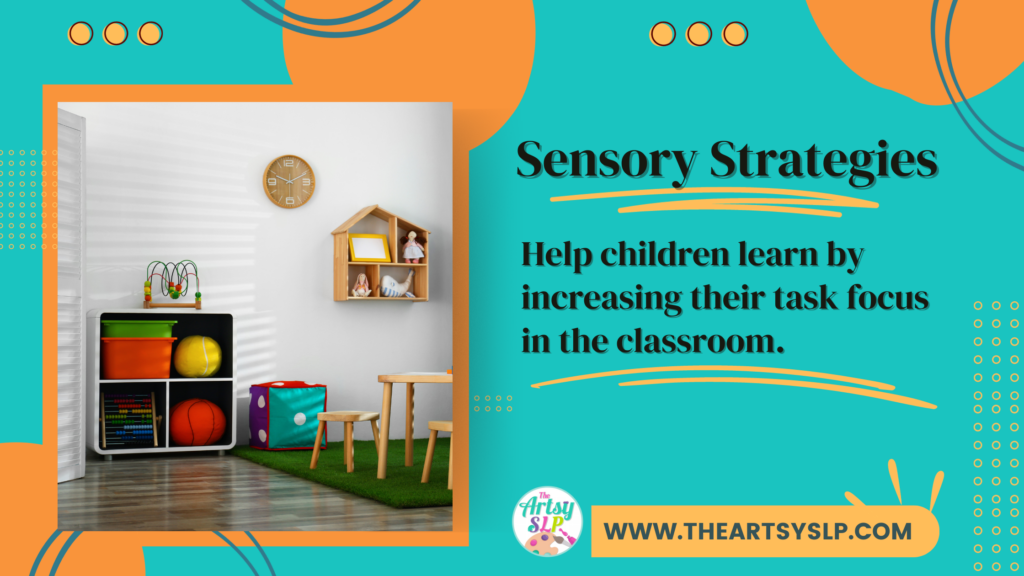
Sensory Strategies
RELATED: Feelings and Emotions FREEBIE
I have found these strategies to be helpful with my son and you may find them to be helpful too. (Always consult your child’s healthcare provider and Occupational Therapist before trying any new strategies)
This website contains Amazon affiliate links. This means earn a commission from qualifying purchases at no cost to you.
1. Weighted Lap Pad – Helps with Proprioception (Body Awareness) and Tactile (Touch)
A weighted lap pad sits across a child’s lap and can be used while sitting at the desk, sitting at the dinner table, and more. The weighted lap pad helps a child feel calmer, organized, and more focused. Many find deep pressure to be relaxing and it helps reduce a feeling of sensory overload. Click to try this resource: Weighted Lap Pad
2. Weighted Blanket – Helps with Proprioception (Body Awareness) and Tactile (Touch)
A weighted blanket can be used at bedtime. It helps decrease anxiety and it provides a sense of comfort and security. Many children find it difficult to unwind and settle down for bed. The weighted blanket also helps with emotional relaxation, which may help improve the quality of sleep. Click to try this resource: Weighted Blanket
3. Sensory Compression Sheet – Helps with Proprioception (Body Awareness)
A sensory compression sheet can also be used at bedtime. It is a breathable and stretchy blanket that fits on your child’s mattress. An advantage to the compression sheet is that it provides calming pressure all night and feels like a hug. This may improve your child’s quality of sleep and help them feel refreshed. Click to try this resource: Sensory Compression Sheet
4. Noise Cancellation Headphones – Helps with Auditory (Hearing)
These headphones help reduce background noises and distractions. Many children on the autism spectrum are extremely sensitive to everyday sounds (toilet flushing, blender, vacuum). The noise cancellation headphones help block out these overwhelming sounds and help your child concentrate. Click to try this resource: Noise Cancellation Headphones
5. Exercise Therapy Ball – Helps with Vestibular (Movement & Balance)
Sitting on an exercise therapy ball can help improve attention span and reduce anxiety. It may also come in handy for movement and strengthening exercises. Click to try this resource: Exercise Therapy Ball
6. Crash Pad – Helps with Vestibular (Movement & Balance)
The crash pad is useful for children that have a lot of energy. It provides sensory input and allows children to get out some of their excess energy. Children really enjoy jumping and falling into the crash pad. It also provides deep pressure on their joints, which helps improve strength. Click to try this resource: Crash Pad
Summary
Children on the autism spectrum often interpret the world around them different from their neurotypical peers. They may have difficulty with sensory processing and may later develop a sensory defensive. This can greatly impact socialization with peers and their ability to participate in a variety of activities. Occupational Therapists are trained in improving sensory integration and providing a variety of sensory strategies.
Additonal Autism Resources
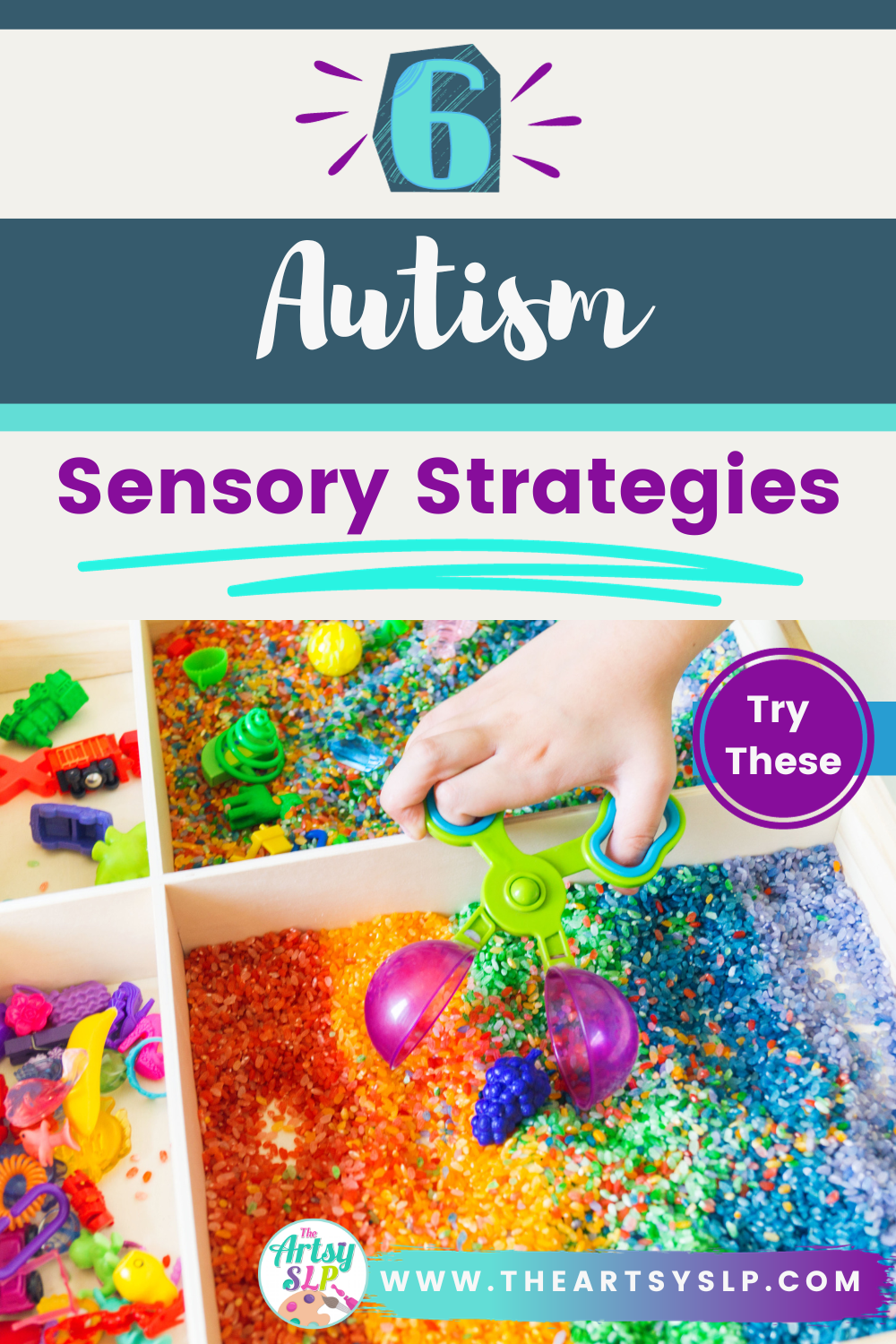
Click and save to Pinterest to bookmark this page

